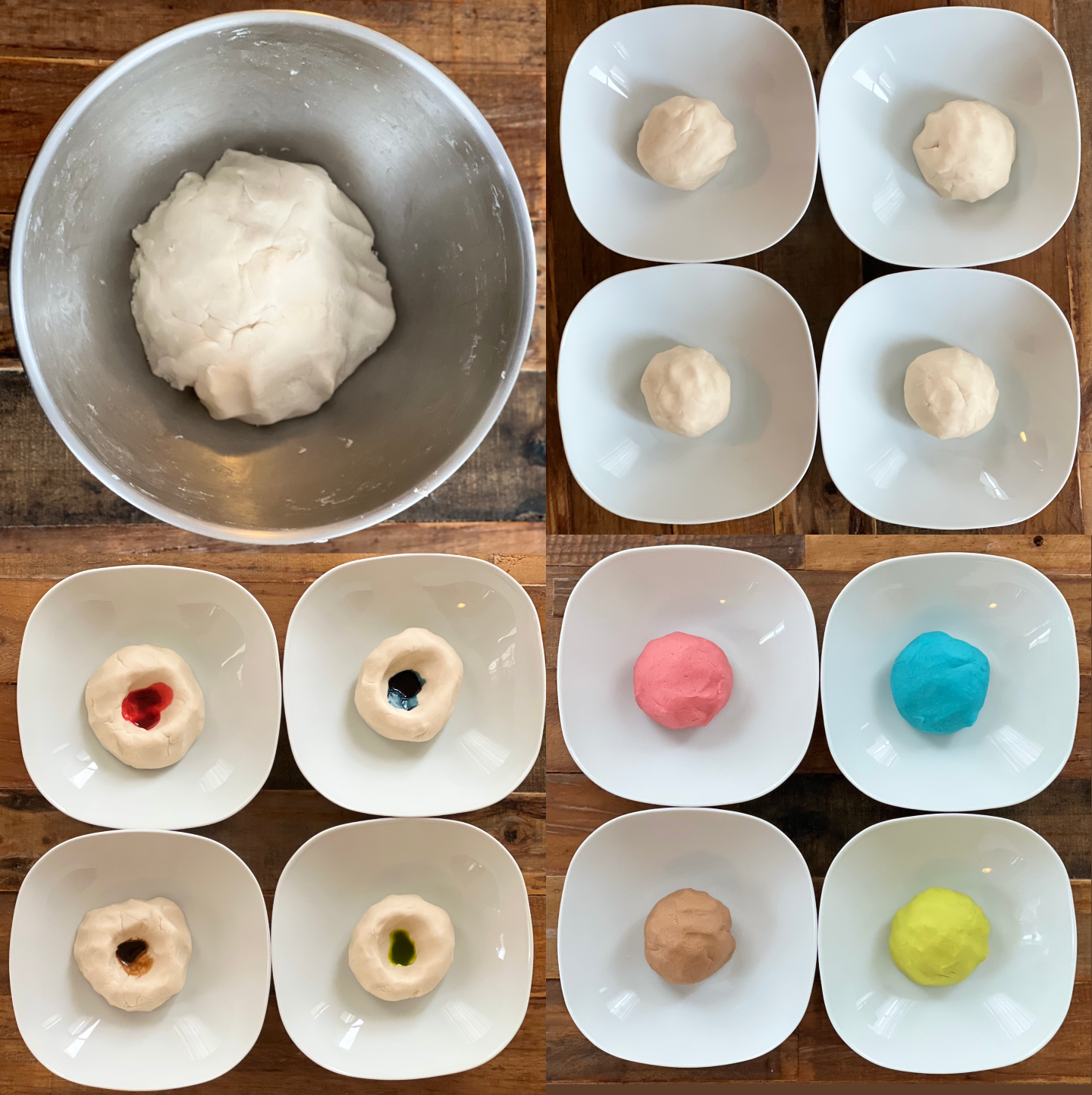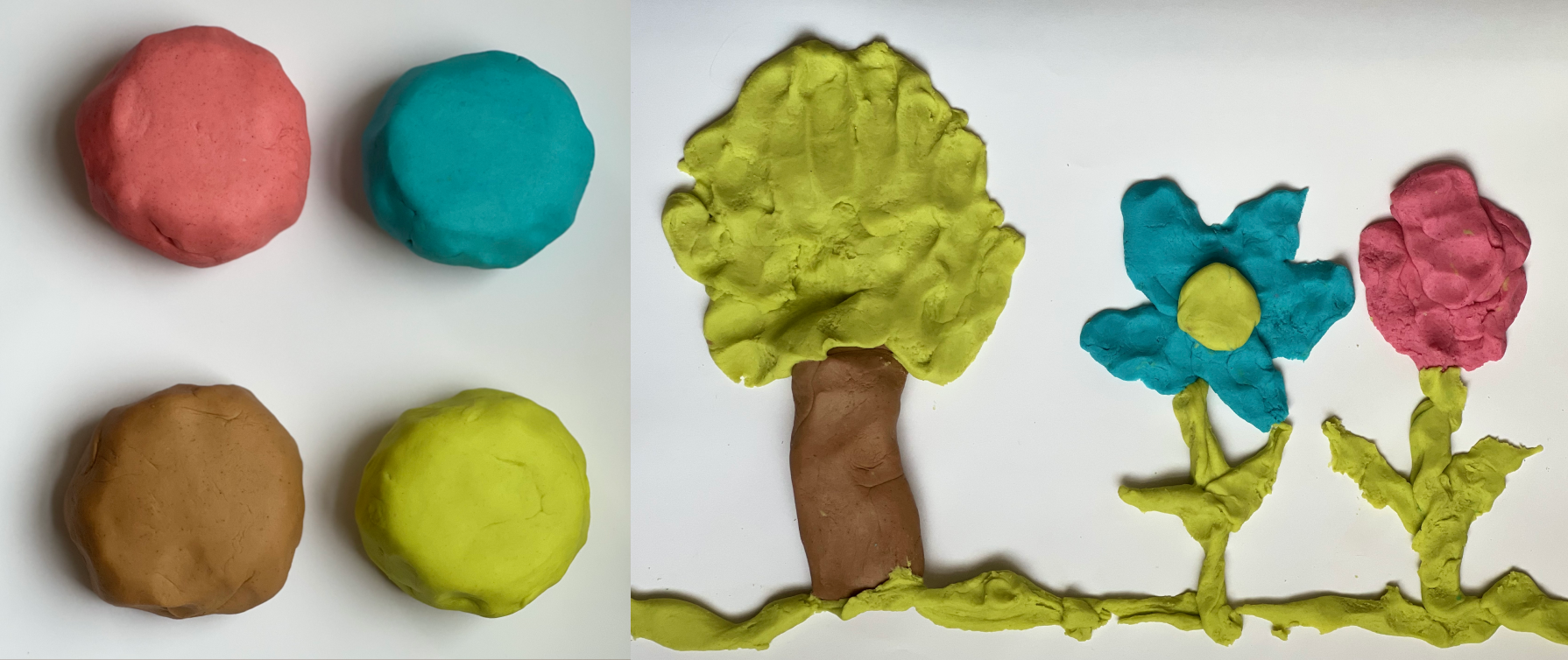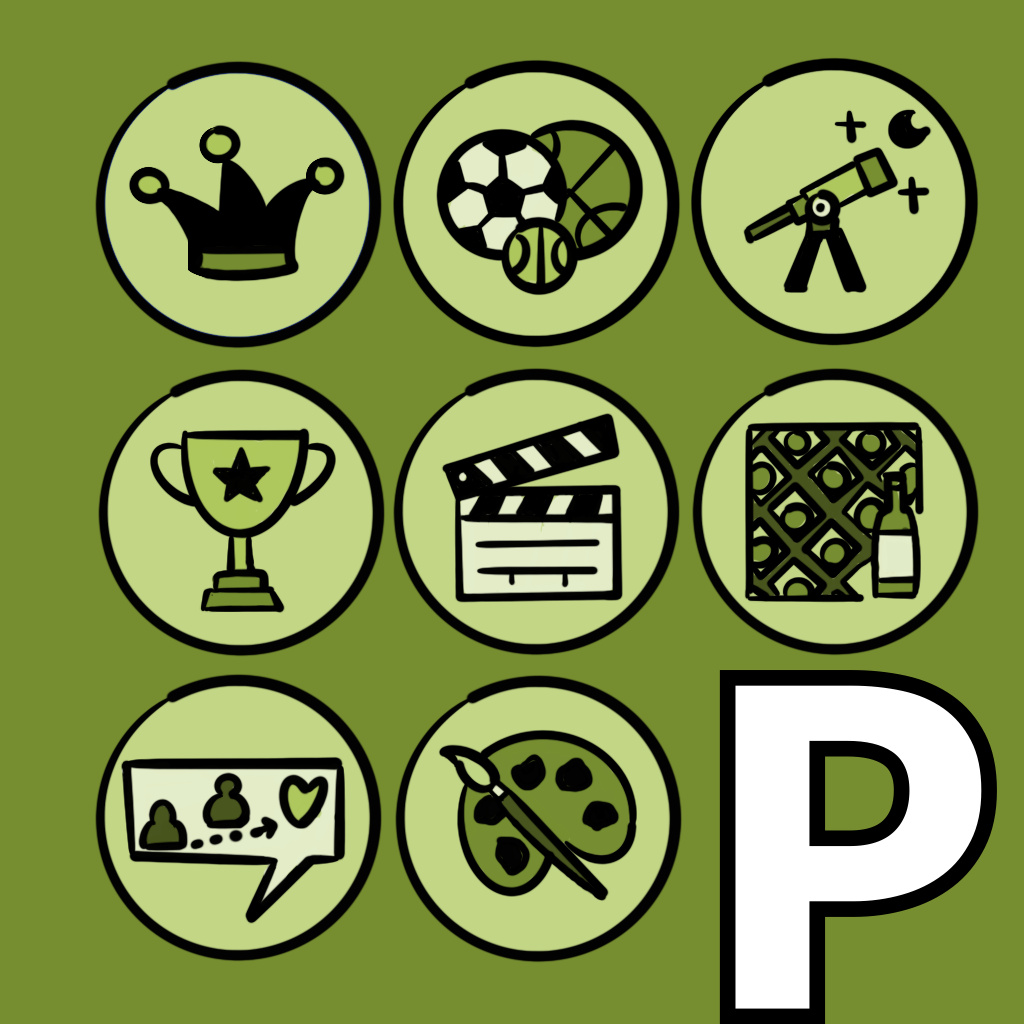ILLUSTRATION
For the illustration, I was inspired by the eight play personalities from Dr. Stuart Brown, the head of the National Institute of Play.
- The Joker (jester hat): play involves telling jokes, being silly, playing pranks, and overall lots of laughs
- The Kinesthete (sports balls): play is through movement and pleasure of that physical experience
- The Explorer (telescope): engages in play by exploring in physical, emotional, and intellectual ways
- The Competitor (trophy): plays to win and can also show up as a fan of competitive sports
- The Director (clapperboard): enjoys planning events and gatherings as a form of play
- The Collector (wine rack): finds play through seeking, securing, and storing a collection of items significant to them
- The Storyteller (speech bubble): activates play through telling and listening to stories
- The Artist/Creator (paint palette board): creates play through making things and materializing ideas
INSPIRATION
Playing tag at recess. Making slingshots with plastic bottles and balloons. Drawing and doodling. Spinning on a merry-go-round to simulate astronaut training. Dressing up. Mimicking motorbike sounds with playing cards attached to my bike. Climbing trees and running around. Make-believing with Barbies, dinosaurs, and plastic army men. One of the first Identity Lab sessions Lee and I organized featured Matthew Wilson who helped us explore our play histories. We then created "play habits" to bring play into our everyday lives. The concept of play continues to draw my attention and curiosity, particularly at a time when there doesn’t seem to be much room to play.
When I chose the word play for this project, I was excited at first. I then became anxious as I thought I was playful in my life but didn’t engage in the act of play often. How could I get connect again with play?
Thankfully, Brandon Wetzstein read my last newsletter and volunteered to share some of this learnings around the topic. Brandon collaborates with my friend Lee on another community called “Enchanted Playground,” that uses play as a way to engage with one another. It turns out he presented on play at Nerd Nite Miami and we were able to chat about that and other musings. Our conversation reminded me of a quote he often shares during Enchanted Playground sessions:
“You can discover more about a person in an hour of play than in a year of conversation.”
Brandon pointed me to Dr. Stuart Brown’s work on play which was helpful to reference for a definition of play beyond the Merriam-Webster one above. According to Brown, play is done for its own sake. "It's voluntary, it's pleasurable, it offers a sense of engagement, it takes you out of time. And the act itself is more important than the outcome."
As I researched play, I observed most projects and research has been done for children. It makes sense given play is important to develop one’s identity, social relationships, etc. In fact, Stuart Brown looked at 26 convicted murderers and determined there was a lack of rough-and-tumble play in each of them which meant they lacked learned empathy from those kinds of interactions with others. Play is critical for child development.
Play benefits adults as well; it makes you more attractive to mates, more productive at work, and more connected to partners. Researchers have shown that play can also facilitate empathy by removing stress associated with strangers which was shown in a study where strangers played “Rock Band” for just 15 minutes. Why do we often overlook the importance of play as adults?
Personally, I find it challenging to incorporate play into my day when I’m feeling overwhelmed by work and a never-ending list of to-dos. Yet adding more play can mitigate many of the top regrets highlighted through Bronnie Ware’s palliative care experiences. Her dying patients expressed regret over working too hard, not staying in touch with friends, not feeling happy and not expressing or being true to themselves.
As I considered projects, I chose one to develop a relationship of play with myself since it can be easier for me to engage in play with friends and strangers.
CREATION
Play-Doh is a tool I’ve used in design thinking workshops and I haven’t used it since I’ve been 100% COVID virtual. I learned that Hasbro, the maker of Play-Doh, released a line of the colorful putty geared toward adults. The product has gag gift appeal with the following scents: Overpriced Latte, Mom Jeans, Dad Sneakers, Spa Day, Lord of the Lawn, and Grill King.
The “Grownup Scents” inspired me to think about what scents I could put into my DIY dough. I came up with this cafe-themed line:
- Mocha (brown): instant coffee and cocao powder
- Chai (pink): chai tea, boosted with cinnamon and pink food coloring
- Earl Gray (blue): earl grey boosted with vanilla extract and blue food coloring
- Matcha (green): matcha tea boosted with green food coloring
When I went to make play dough, I realized I was missing a key ingredient: cream of tartar. After finding several internet recipes without the ingredient, I ended up spending a few bucks to get the recommended cream of tartar. Here’s the recipe I started with:
- 2 cups of flour
- 2 tbsp of oil
- 1/2 cup of salt (I dissolved this in recipe’s boiling water)
- 2 tbsp cream of tartar
- 1 1/2 cups boiling water (I used a tea kettle)
- Food coloring
Each scent started naturally with a super concentrated brew of coffee and teas. I boosted all of the tea colors and scents; the mocha scent and color could stand on their own. If I had essential oils on hand, I could have used those. I did dust in more flour as I added the colored and scented liquids.

The point of making the putty wasn’t to leave them in colorful balls so I did a quick round of play. I crafted a silly scene where a tree might be nearly the same height as roses and violets despite the colors nodding to the real objects. The putty itself is a good metaphor for play in that what we make in that moment is ephemeral.

REFLECTION
I experienced play in both making the dough and playing with it after. I was surprised by how much flow I experienced as I mixed ingredients and lost track of time. While the act of play can be considered an infinite game, I felt like I also “won” at playing on this project.
CONNECTION(S)
For curated links and other content I couldn't fit into this post, subscribe to the email newsletter.
